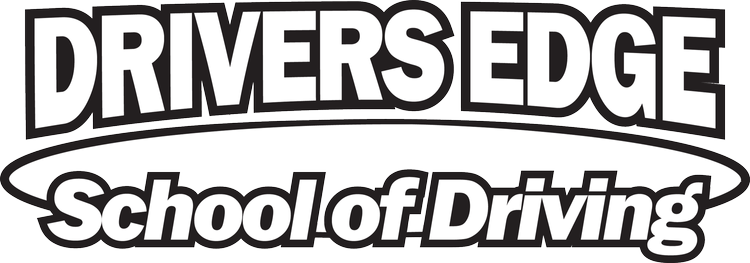“Parallel Parking"
Parallel parking is often one of the most dreaded tasks for many drivers. The pressure of fitting your car into a tight spot with other vehicles nearby can cause anxiety, especially for those who do not do it often. Parking on the side of the road is also a requirement of the driver’s test. With proper technique and a little practice, parallel parking can be mastered by anyone. In this blog, we’ll break down the essential tips and steps to help you park like a pro.
Remain Calm and Take Your Time: One of the most important things to remember when parallel parking is not to rush. Feeling pressured to park quickly can lead to mistakes and unnecessary stress. This can be difficult with other vehicles driving past and maybe even some cars lining up behind you. Similarly to navigating through traffic, it is crucial to stay calm. Before you attempt to park, take a deep breath, assess the space, and ensure you have enough room. If the spot feels too tight, do not hesitate to find another one. Remember, parking is not a race, and the extra time you take to set up properly will help you park safely.
6 Steps to parallel parking:
Step 1: Locate a spot that is near your location and has enough size for your vehicle to fit into. Signal your intentions. This lets other drivers know you intend to park and gives them the chance to adjust if necessary.
Step 2: Position your car parallel to the parking spot. The first parallel part of this process. Drive alongside the parking space, ensuring there is enough room between your vehicle and the car in front of the spot. Maintain a distance of about two to three feet between your car and the parked vehicle to give yourself plenty of space to maneuver. Position your rear end to be about equal to that of the car that is parked in the front of the spot you are trying to get into.
Step 3: Shift into reverse, look over your right shoulder, and turn the steering wheel toward the curb. This will angle your car into the parking space. Continue till you are in the space in some way. This distance will be dependent on your vehicle and will take some practice.
Step 4: Begin to straighten your wheel. Be cognizant of your front right bumper to ensure it does not collide with the vehicle in front of you. You are trying to turn your wheel where your vehicle is within 1 foot of the curb with out touching or going over it at the end of the maneuver.
Step 5: Turn your wheel to the left. This will swing your front end to the right, making it so you can be parallel with the curb. Slowly, straighten your wheel so that you do not over rotate and become no longer parallel with the curb.
Step 6: Adjust if necessary. Pull forward so that you are roughly in the middle of your spot and have enough room to exit your spot when it is needed. Look out for traffic as you open your driver's door to enter your destination.
While this process is going on, be aware of your surroundings. Remove distractions so that you are not distracted from your task, but part of your task is to examine your area and ensure that it is still safe. Parallel parking works best with properly adjusted mirrors and clear lines of sight. Attempt to make parallel parking smooth. Do not make sudden movements, and control the brake pedal, gas pedal, and steering wheel smoothly and confidently.
Parallel parking does not have to be a stressful or dreaded task. By following a structured method, using your mirrors and rearview camera, eliminating distractions, and practicing regularly, you will gain confidence and skill in no time. Remember, take your time and park safely. If you get a little ways in and realize you have done something wrong, restart, learn from your mistake, and try again.
